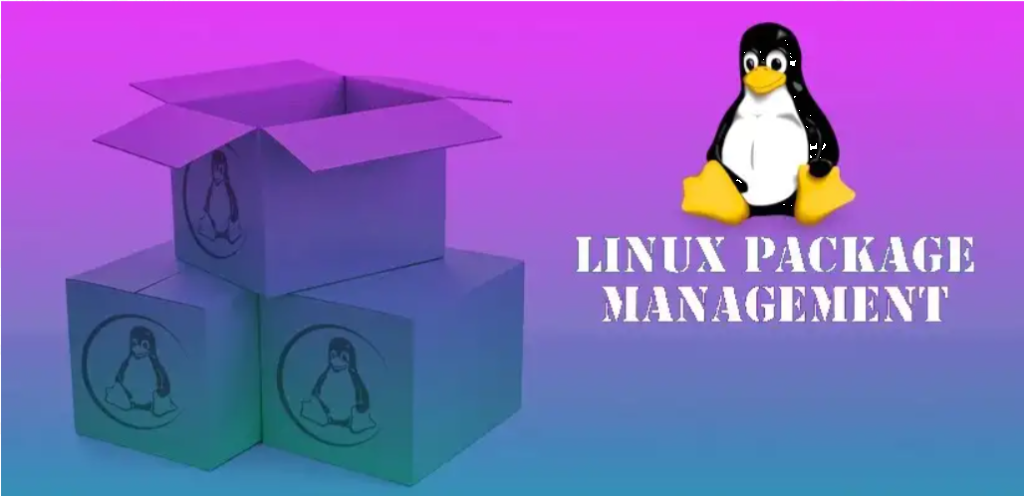What is RPM Package Manager?
RPM Package Manager (also known as RPM), originally called the Red-hat Package Manager, is an open-source program for installing, uninstalling, and managing software packages in Linux. RPM was developed on the basis of the Linux Standard Base (LSB). In latter-day usage, the "RPM" portion of this term arises from the fact that .rpm is the default extension for files used by the program.
Advantages of RPM include straightforward program installation and uninstallation, automatic installation, ease of updating programs originally installed with RPM, and availability of versions for most distributions of Linux.
What is YUM command in Linux?
- YUM stands for Yellow Dog Updater
- YUM can install multiple packages at a time. Example: yum install httpd* vsftpd* -y
- YUM can resolve dependencies automatically.
- YUM can rollback any changes.
- With the help of YUM command you can install, update or remove software packages on Red Hat Enterprise Linux System.
- YUM package manager works on Red Hat Enterprise Linux (6,7,8) as well as on Linux flavors like CentOS, etc.
- RPM stands for Redhat Package Manager.
- RPM can install only single package at a time. Example: rpm install gedit
- RPM cannot resolve the dependencies.
- Cannot rollback with RPM.
- With the help of RPM command, you can install, update or remove software packages on Red Hat Enterprise Linux System.
- RPM package manager works on Red Hat Enterprise Linux (6,7,8) as well as on Linux flavors like CentOS, etc.
- DNF stands for Dandified YUM and is the new version of the YUM package manager.
- DNF makes it easy to maintain packages by automatically checking for dependencies and determines the actions required to install packages.
- DNF uses very less memory when synchronizing the metadata of the repositories, compared to YUM which is known for its excessive memory usage.
- DNF has more and better features than YUM.
- The dnf command can be used to download the packages from repositories such as those that are available on the Oracle Linux yum server, but you can also set up your own repositories on systems that do not have Internet access
| DNF (Dandified YUM) | YUM (Yellow Dog Updater Modified) |
| DNF supports various extensions | YUM supports only Python-based extensions |
| In the DNF the API is well-documented so it’s easy to create new features | In the YUM It is very difficult to create new features because the API is not properly documented |
| DNF uses less memory when synchronizing the metadata of the repositories | YUM uses excessive memory when synchronizing the metadata of the repositories |
| The dependencies on package installation are not updated in the DNF | Yum offered an option for this behavior |
| When removing a package, dnf automatically removes any dependency packages not explicitly installed by the user |
YUM didn’t do this |
| All performance is good in terms of memory usage and dependency resolution of repository metadata in DNF | In the yum Overall performance is poor in terms of many factors |
Mentor - Gandhar Bodas
Information and research are sources from internet.
Tags: #Red Hat Linux #Operating System #nitsglobal #website #blog

